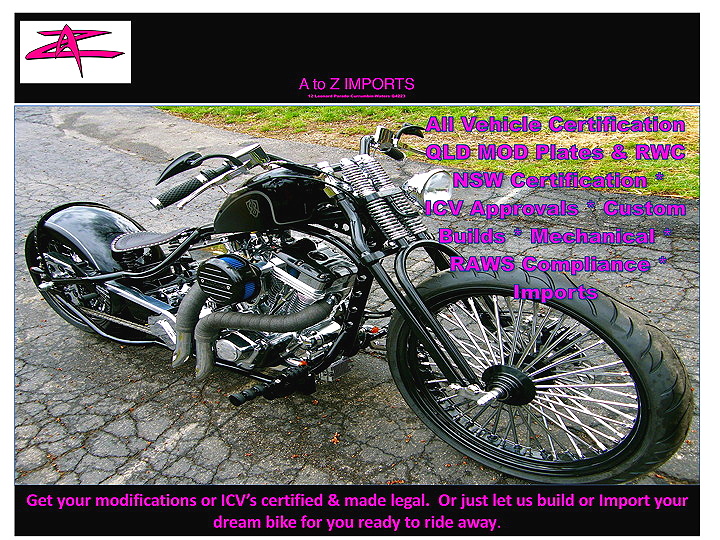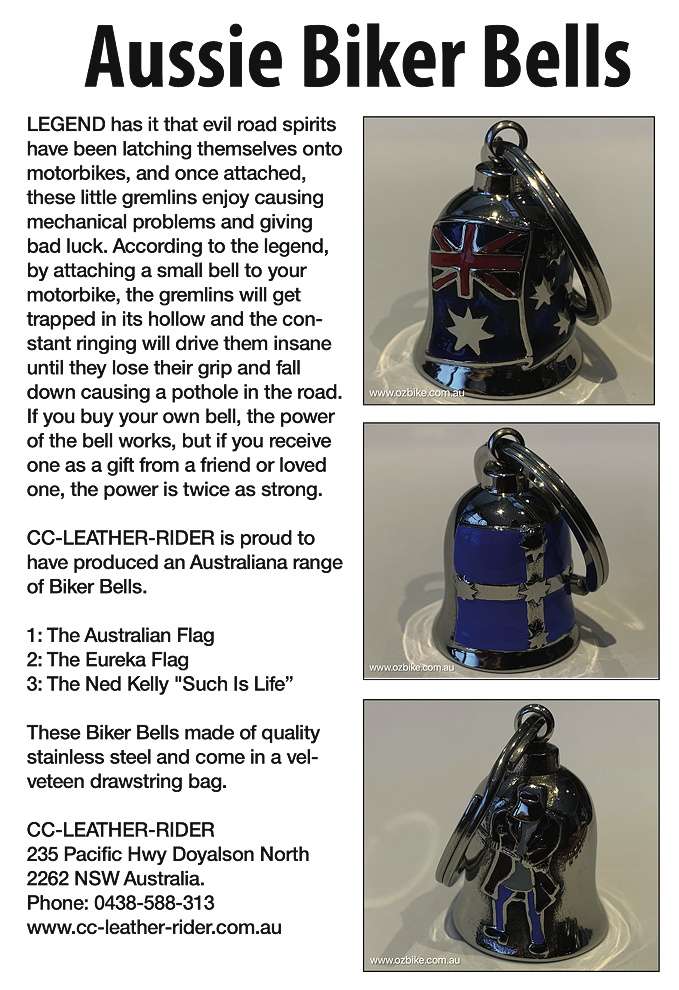1929 Indian Scout Reborn Better
CURIOUS ABOUT bikes as a young teenager in Whyalla, South Australia, I purchased a Villiers 2-stroke. I had no idea how to get this thing started — here I was pushing it up and down the street — when a friend turned up and instructed me on how to start the bike. As of that day my interest in bikes began.
I started my apprenticeship as a panel beater, and alongside where I worked was a bike shop where I placed a KX250 on lay-by, followed by a Moto Guzzi which I rode from Whyalla to Adelaide, Melbourne, Canberra, Sydney, and back home again. I left Whyalla in 1986, moved to Canberra and got a job with the bus service. Within two days of starting the job a bought a 1948 Matchless and assembled it in my one-bedroom apartment.
I then got the opportunity to acquire a 1929 Indian 101 Scout. Sitting in the rear of a storage shed it was painted red oxide; a rolling chassis and a motor in a box. $2500 in 1987.
I would pick up parts at swap meets and persons who knew other persons. I finally got it going, but before long, I blew it up…
The old Indian sat around for 23 years; at one stage it was a plant-stand in the lounge room. We started a family.
Recently, I thought about getting the Indian rebuilt. I wasn’t concerned how long it was going to take as I had waited this long; I just wanted a good job. A friend introduced me to James Lambert (Breed Flathead Motors). I wanted a good strong motor. No shortcuts. If it needs it, make it or buy it, and that is what he had done.



The Rebuild Begins: written by James Lambert of Breed Flathead Motors
DARRYL RANG me and said he had a 101 motor he needed done, and if I could make it go so that Claude the Crow would not shit on him going down the road, that would be good too. His box of gems turned up. I kept the cases and rockers and posted the rest back as it was all junk.
I made up new drive-races, fitted a circlip and a modern seal to keep the primary oil out of the motor, and made new cages so I could run two rows of 720th long rollers on the drive side and 600th rollers on the pinion side (instead of 250th original rollers).



I fitted one of my flywheel set-ups with an oil slinger fitted to the pinion flywheel so the oil is forced through the crankpin like a modern motor. My flywheel set-ups are all press-fit which makes them very rigid.
I fitted new RLPS rods that are a lot stronger and longer than Indian rods giving it a flywheel stroke of 4.1 inches with a bore of 2.78 inches.
I made some mods to the cases and the cam-chest so we can now run twice as much oil in the motor than a standard set-up; and with some 255 gram JE forged pistons I had made, we now run a lot higher balance factor too.
I fitted my rocker shafts, cam bushes, cam shafts and cam gears, making them a double press fit to the cam shafts so they can be dialled in. I then fitted cam lobes that I make up for later model Scouts which gives them good low torque; from 4300 to 5500 they pull your arms out.



The new barrels were reheated to a lot higher hardness and the nipples machined out to take a Sport Scout manifold.
I made the inlet ports a lot larger and polished them.
I fitted stronger valve springs from a Pommy car. They give better seat pressure and more pressure to stop valve bounce.
The pistons now pop up out of the barrels over 280th. I had some new aluminium heads twice as thick as standard ones, so I then machined them to give 30th squelch over 3/4 of the piston. It is running two chrome compression rings with a three-piece oil ring.
The motor now has lot better compression than the later model motors so I fitted decompressors to the heads so it can be kicked over.


The magneto was sent to COD Rewinds in Chiltern, Victoria, to be repaired; top job. With a little bit of rubbing it fires both pistons within 30th of bore travel.
Made up some stainless-steel head-gaskets and head-washers. Then fitted a new, 33 mm, Mikuni, flat-slide pumper carby.
I also fitted a tacho so Darryl won’t over-rev the motor, and a modern seal between the magneto and the motor to stop the oil leak there.
After all this Darryl now has a 1928 motor that has a very strong bottom-end and can be run at speeds over 100 km/h and rev up to 5500 rpm with ease, and I feel would top-out over 100 mph.
Non Original Parts: Reno Indian and Heker.
Nickel: Electro plating, Queanbeyan.
Painted by Coppo from Luton Smash Repairs, Braddon.
Breed Flathead Motors: 0418-199-391.


Photos by Julius Goboly at Tower Photographics



